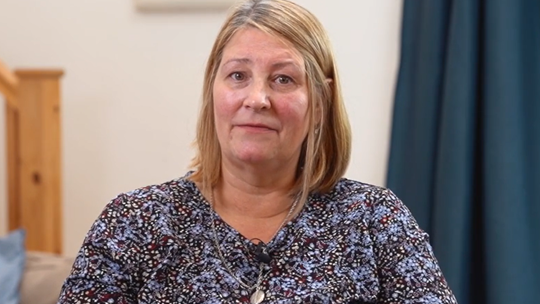Staying Put – Before and After legislation came into effect.
A look at the changes to legislation before the Staying Put Scheme was introduced and how this has affected young people.

The uncertain life of a young person before Staying Put
Following years of campaigning and trialling ‘Staying Put’ in local authorities, young people in foster care are no longer forced to leave their foster homes at eighteen.
Prior to the enactment of the Staying Put legislation, it was a requirement for young people aged 18 to leave the security and comfort of the foster homes in which they had been placed. This was long before the age that an average young person leaves home. The build-up to their 18th birthdays were filled with anxiety and uncertainty as that was the day they would be forced to make the transition from living in a stable family home where they had formed supportive relationships, to living independently; something that many do not have to think about until they are aged between 24 and 27 years old.
Often many young people felt that they had no choice but to turn to alcohol and drugs, while some even ended up in the criminal justice system. Government statistics from 2010 showed that 33% of care leavers were not in education, employment or training – compared to 13% of all young people – and 25% of young women leaving care were pregnant or already mothers.
Eric Mole who was part of the Staying put pilot programme told the Guardian in 2012, “When a young person is 16, they’re already aware that in 2 short years, they will be making this transition. They need to control what happens and the only way they can do it is to destroy it completely”. He saw the ability of offering a young person the chance to stay put as “crucial to maintaining their sense of belonging and allowing them to build the security on which a healthy future depends”. Edward Timpson, Children and Families Minister said that “the momentous change will help the 10,000 young people leaving care each year to make the transition where they’re ready – rather than when others tell them to”.
On the other hand, David Simmonds, Chair of the Local Government Association’s Children and Young People board, stated that the Staying Put principle would present practical difficulties due to the severe lack of foster placements for children aged below 18. This would mean a significant effort and large sums of money to find new placements to compensate for those taken up by over 18s who had chosen to stay put.
The new legislation has been seen as the most significant reform for young people in care for a generation and hopes to mitigate the uncertainty young people face and better equip them to succeed in life.
The Staying Put Amendment – A look at the lives of young people one year on
Young people are no longer forced to leave their foster homes at the age of eighteen following the enactment of the Staying Put legislation. It is seen as the most significant legislation for young people and foster carers across the UK, although some concerns remain unaddressed.
The amendment was highly campaigned for and the government faced vast amounts of pressure in order to put a stop to young people being subjected to uncertainty and anxiety in the run-up to their 18th birthdays. It aimed to give young people stable homes in which they could make the transition into adult life. In December 2013, it was announced that from April 2014 foster care leavers could stay with their foster carers until they were 21 if they, and their carers had both agreed. A duty is now placed on Local Authorities to provide financial support for every young person who wishes to stay with their foster carers until they are 21.
Foster carers have expressed concerns over the challenges of giving young people the opportunity to Stay Put. The loss of income is seen as one of the biggest challenges to the amendment. Local authorities must pay carers an allowance in order to cover the costs of the young adult living with them, although there are no specific national standards in place, which determine the minimum allowance that carers are to receive with the Staying Put legislation. It is also unlikely that foster carers will receive a recognition fee aligned with their experience in assisting the young person in their transition to independence.
Joan Elliott, Head of Quality Assurance for Fosterplus Scotland, said: “The Scottish Government demonstrated their commitment to providing on-going support to young people when they published a report in 2013 called STAYING PUT SCOTLAND. In this report they stated “…the Scottish Government is committed to ensuring that all children have the chance to fulfill their potential and believes there should be no difference between the outcomes of young people in care and their peers. As Corporate parents our attitude should be ‘these children are my responsibility, are in my care, and I need to do the best for them that I possibly can.’ “
She continued, “The Children and Young Person’s (Scotland) Act 2014 allows local authorities to continue to support young people who need it up to their 26th birthday. The Scottish Government wants all young people, irrespective of background, to receive the support they need for as long as they need it. However, unlike children who have the support of their birth parents, looked after children will be subject of an assessment to determine whether they meet the criteria for continuing support. “
Although some uncertainty remains unaddressed, the Government and local authorities must focus their efforts on working with IFPs to ensure that their main concerns continue to be offering the opportunity of Staying Put to every young person who wants to, and giving carers the required support to offer the chance for their young people to stay.
Can't find what you're looking for?
By phone
One of our team is available to talk to you over the phone to answer any of your fostering queries.
Enquire online
You can get in touch by filling out our online enquiry form with any queries that you may have.
Your local team
Find contact details for your local office team. We’re always happy for you to pop-in and chat.





